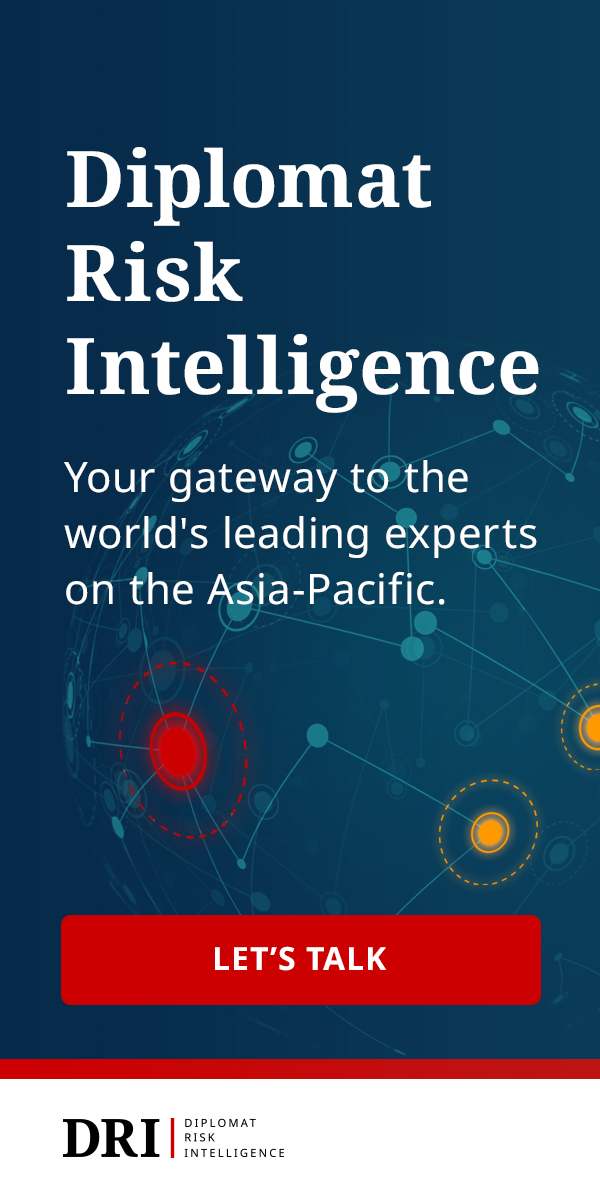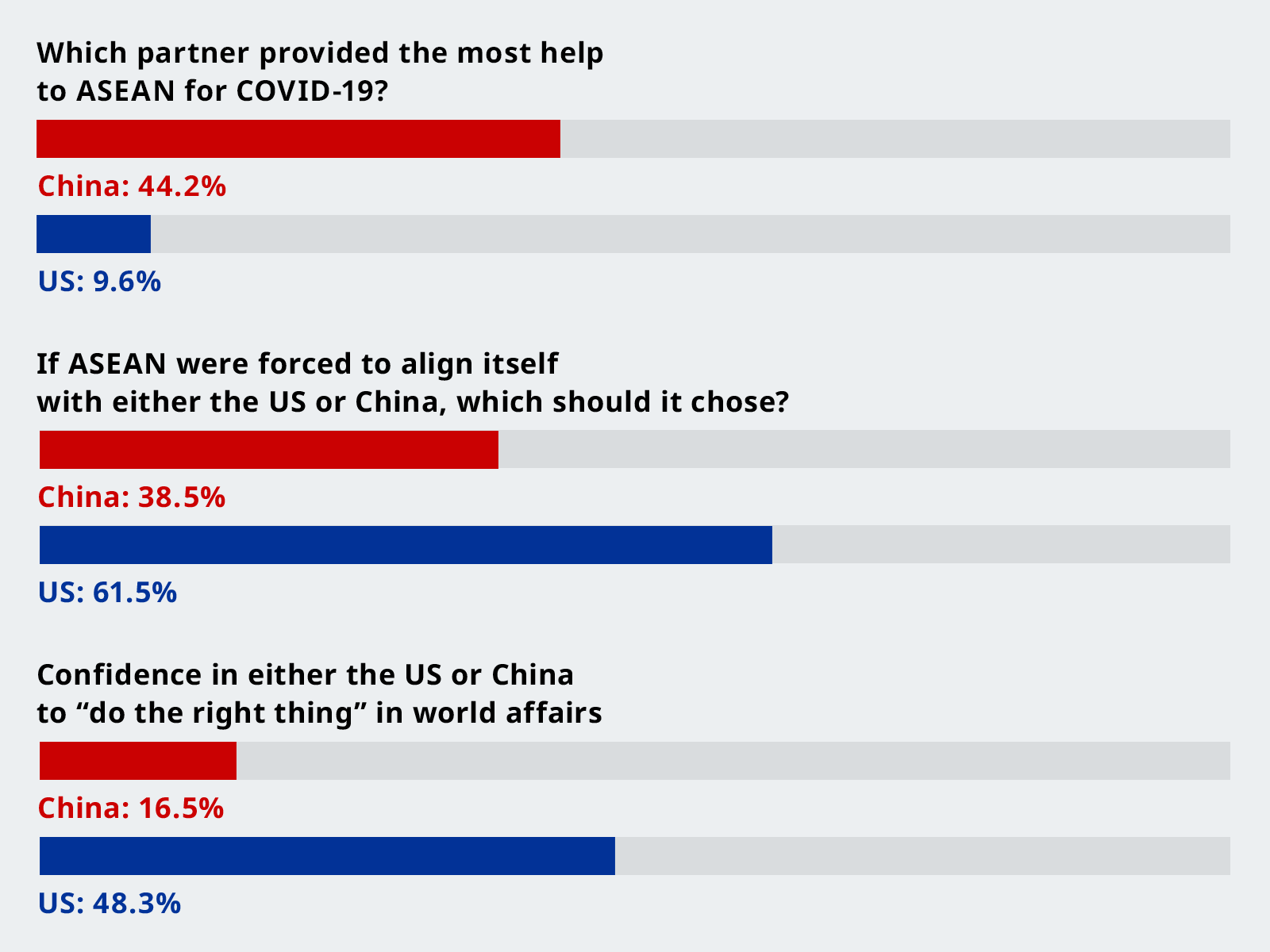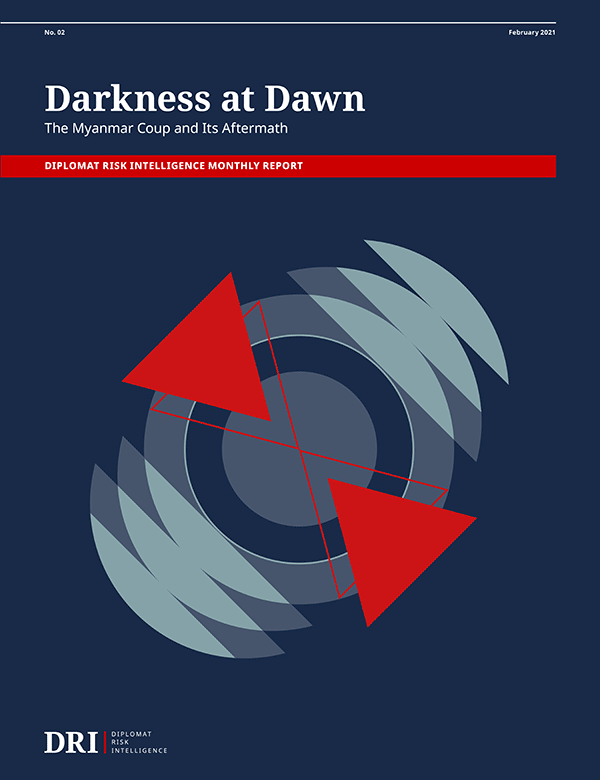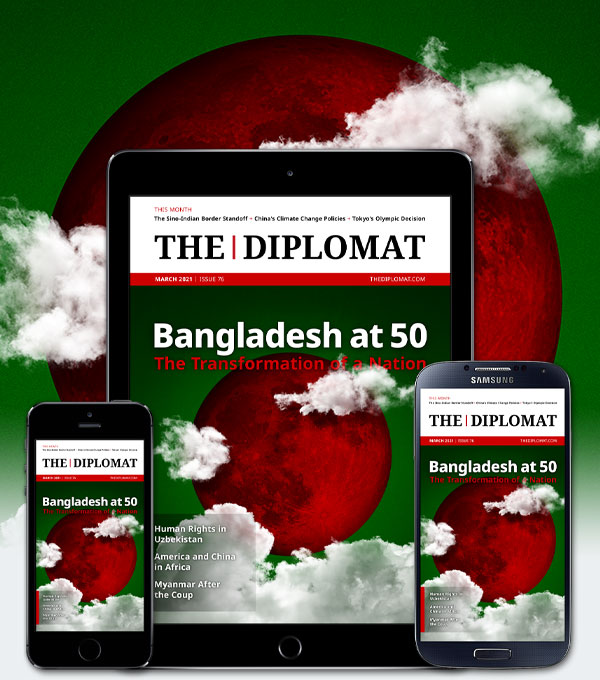| Welcome to the latest issue of Diplomat Brief. This week our top story looks at the one Australian state where trade with China is still flourishing – in sharp contrast to the rest of the country. We also have an interview with Daniel Combs, author of Until the World Shatters: Truth, Lies, and the Looting of Myanmar on how the coup is playing out for ordinary people. |
| Story of the week |  | POLITICS In One Australian State, Trade With China Is Still BoomingWhat Happened: In 2020, China launched an economic war on Australia, effectively banning coal imports from the country and slapping tariffs on a wide variety of agricultural goods. One sector, however, has seen trade with China actually grow: iron ore exports, largely concentrated in Western Australia. China is the world’s biggest iron importer; Australia the biggest exporter. Neither country has been able to escape that truth, geopolitics be damned. Our Focus: “Even though this should be the year of the consumer, they [China] will continue to need steel,” Philip Kirchlechner, director at Iron Ore Research, a mining consultancy, told The Diplomat. “...The reality is both sides [China and Australia] need each other.” What Comes Next: Western Australia and its iron ore industry has so far escaped any negative impact from the China-Australia spat. But will that last? The shockwaves rippling through Australia’s coal sector have sparked fears that iron could be the next industry hit as China continues to experiment with weaponizing its massive market. Read this story |
| Behind the News | INTERVIEW Daniel CombsDaniel Combs, the author of Until the World Shatters: Truth, Lies, and the Looting of Myanmar on the country’s long tradition of protest: “The military has been more or less in control of Myanmar for 60 years, and in different generations, citizen movements have risen up to challenge that authority… This is a test for the new generation.” Read the interview |
| This Week in Asia | Northeast Asia “Two Sessions” Map Out China’s – and Hong Kong’s – FutureThe “two sessions” – the annual meetings of the Chinese People’s Political Consultative Conference (CPPCC) and National People’s Congress (NPC) – kick off this week in Beijing, with the CPPCC opening on March 4 and the NPC on March 5. This year’s NPC session will be notable for finalizing the 14th Five-Year Plan for 2021-25, as well as China’s long-range objectives out to 2035. But it will also help spell out the future of Hong Kong’s continued crackdown. Find out more | South Asia India and Pakistan’s New CeasefireOn February 25, India and Pakistan recommitted themselves to a 2003 ceasefire agreement, raising hopes among many that the archrivals may indeed be ready to bring their relationship back on track. However, given the history between the two, such expectations may indeed prove to be short-lived. For the moment, analysts have probed the timing of the statement, and the possible drivers behind this surprising turn. Find out more | Southeast Asia Myanmar Approaches a Crisis PointThe story to watch this week is again the volatile crisis unfolding in Myanmar, where the military junta is using increasingly violent methods to quash the nationwide protests against its rule. Following the security forces’ killing of at least 18 people on the weekend and continuing violent incidents, the U.S. government is set to announce more targeted sanctions against leading generals this week, while ASEAN begins talks aimed at a negotiated solution to the turmoil. Find out more | Central Asia Jetsetting JaparovLast week Kyrgyz President Sadyr Japarov made a pilgrimage (a working visit) to Moscow to meet with Russian President Vladimir Putin. This week, he flew to Nur-Sultan to meet with Kazakhstan's presidents – both Tokayev and Nazarbayev. Jetsetting Japarov aims to establish the personal contacts necessary for Central Asian diplomacy. It looks like Uzbekistan will be next on the itinerary, with a trip rumored for later this month. Find out more |
| Word of the Week | SOCIETY स्वदेशीSwadeshi: literally “own country” in Hindi, the term has been used to promote self-sufficiency and economic nationalism since India’s struggle against colonialism – and it still resonates heavily today. Find out more |
|  |





